Grocery shopping can be a minefield, especially when it comes to picking the healthiest options for your family. Pesticides are a hidden menace, often coating some of our favorite fruits and vegetables. These chemicals don’t just wash off and can have long-term impacts on our health. To make sure you’re making the best choices, here are the most pesticide-heavy foods that should always be on your organic shopping list, according to the Environmental Working Group (EWG).

Peaches
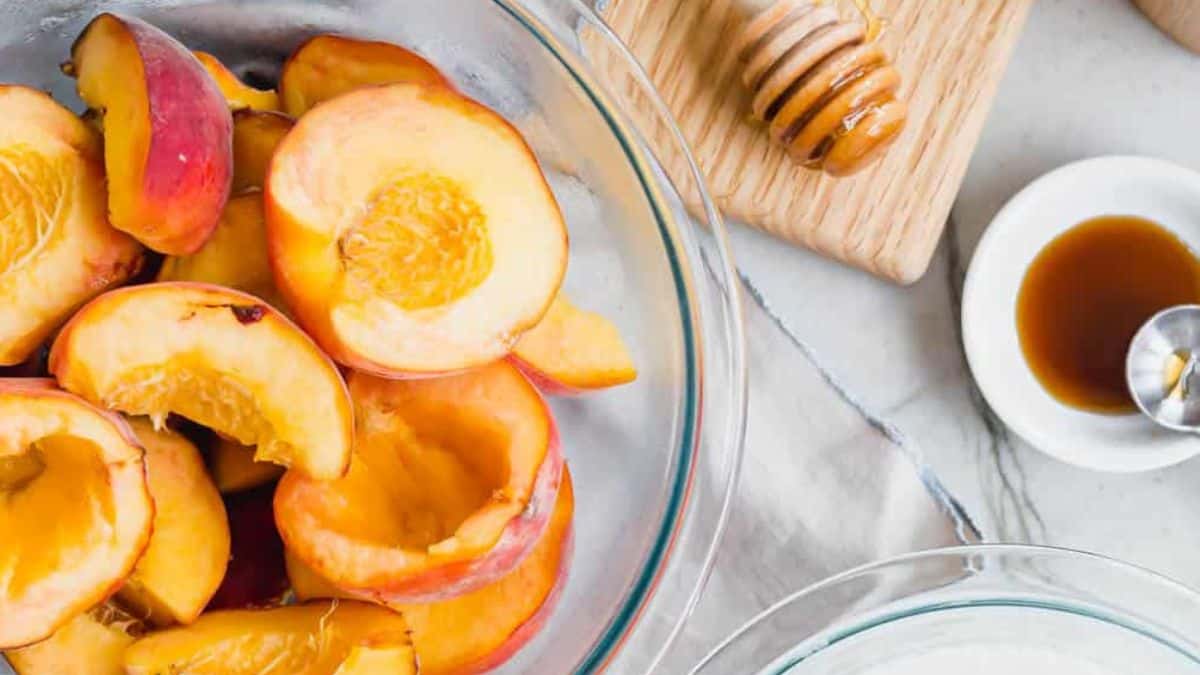
Peaches are one of the juiciest and most tasty gems of the summer season, but they’re also magnets for pests, leading to heavy pesticide use to keep the bugs away. Their soft skin absorbs pesticides more than harder-skinned fruits, making organic options a smarter choice.
*All data provided by the EWG’s dirty dozen list.
Apples

Apples are a staple snack for almost everyone, but they require significant pesticide application due to their susceptibility to a variety of pests and diseases. Their popularity demands year-round availability, often resulting in multiple treatments. Choosing organic apples can reduce exposure to these chemicals.
Strawberries

Strawberries grow close to the ground, making them prone to pest attacks and fungal diseases, which is why they’re often heavily sprayed with pesticides. Their thin skin doesn’t offer much protection which is why opting for organic strawberries is the best way to minimize pesticide intake.
Grapes

Conventionally grown grapes are treated with numerous pesticides to fend off insects and fungi. The residues can linger on the fruit’s skin, even after washing. Organic grapes are less likely to carry the same pesticide levels.
Cherries
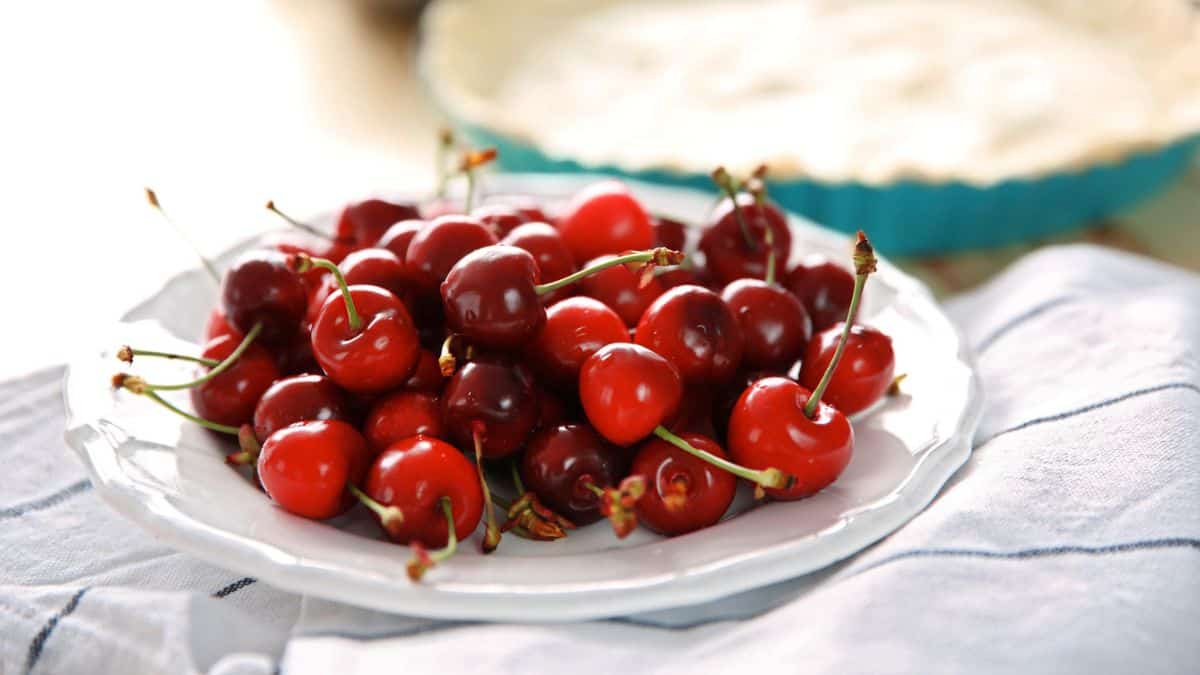
Cherries have a high demand and are susceptible to many pests, which is why they’re one of the more heavily sprayed crops. Their delicate nature requires more pesticide use for protection. This is another fruit to opt for organic when you can.
Nectarines

Nectarines’ smooth skin and sweet flesh attract a host of pests, necessitating heavy pesticide use in conventional farming. Their thin skin allows for easy pesticide absorption, making the organic choice a safer bet if you’re looking to avoid these harmful chemicals.
Pears

Pears face a barrage of pests and diseases, requiring a cocktail of pesticides for cultivation. Their porous skin absorbs pesticides easily, raising concerns over residue. Organic pears offer a safer alternative.
Kale, Collard & Mustard Greens
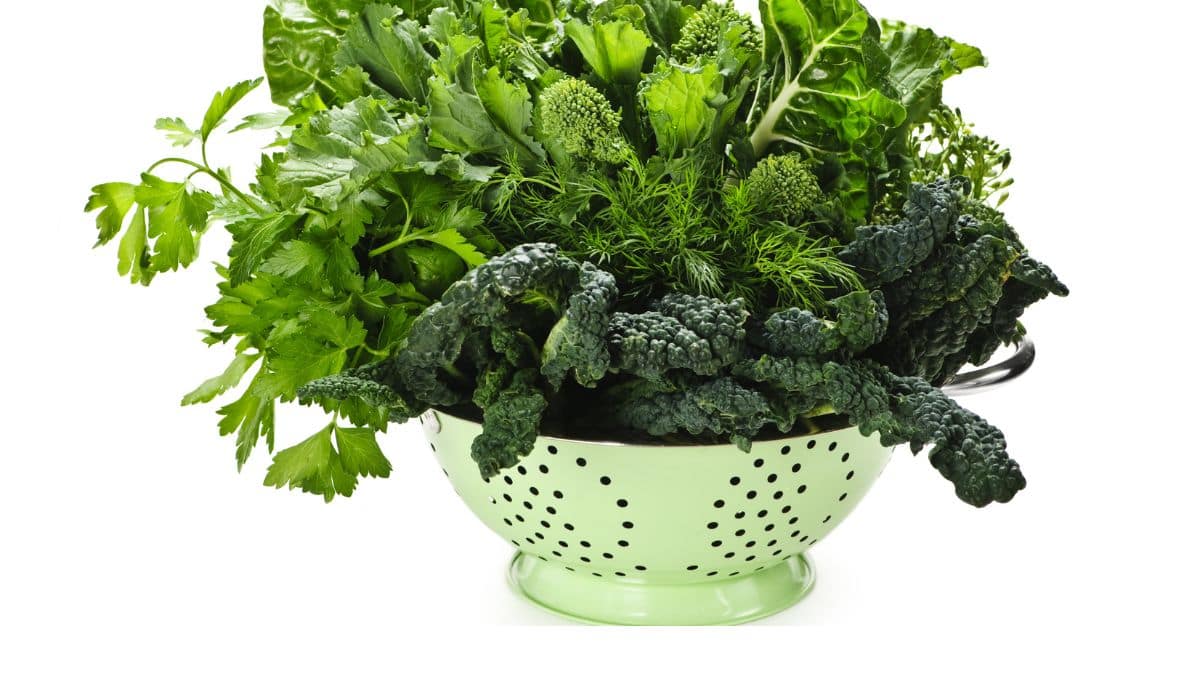
These leafy greens are packed with nutrients but also attract a lot of insect attention, something you probably know if you’ve ever tried to grow them yourself. Their large surface area makes thorough washing difficult, often leaving pesticide residues behind. Organic varieties are a cleaner option for these nutrient powerhouses.
Bell Peppers
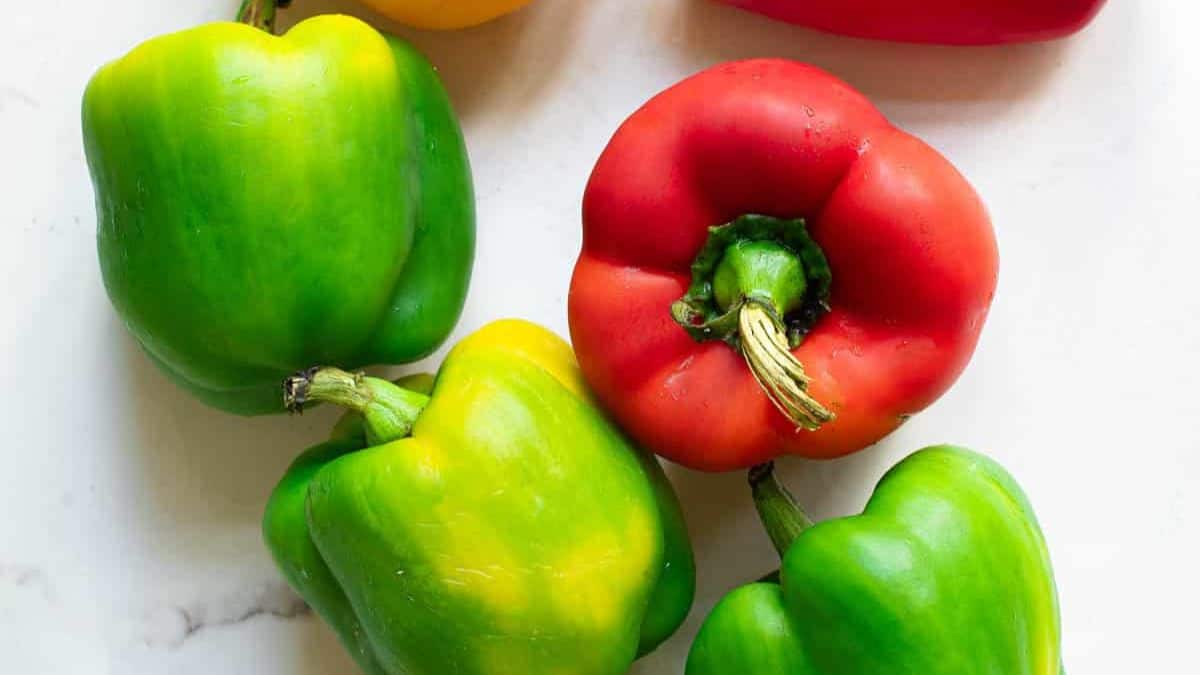
Bell peppers have thin skins that are not effective barriers to pesticides, which are liberally applied to combat their numerous insect enemies. The wide variety of pests targeting bell peppers explains the high pesticide usage, making organic peppers a healthier choice. The same unfortunately applies to many hot peppers, too.
Blueberries

Blueberries’ popularity and the high labor costs for pest management lead to significant pesticide use on conventional farms. Their delicate nature and susceptibility to pests make organic blueberries a better option for reducing pesticide intake. Wild blueberries which are available frozen all year round can be a great alternative, especially when blueberries are out of season.
Spinach
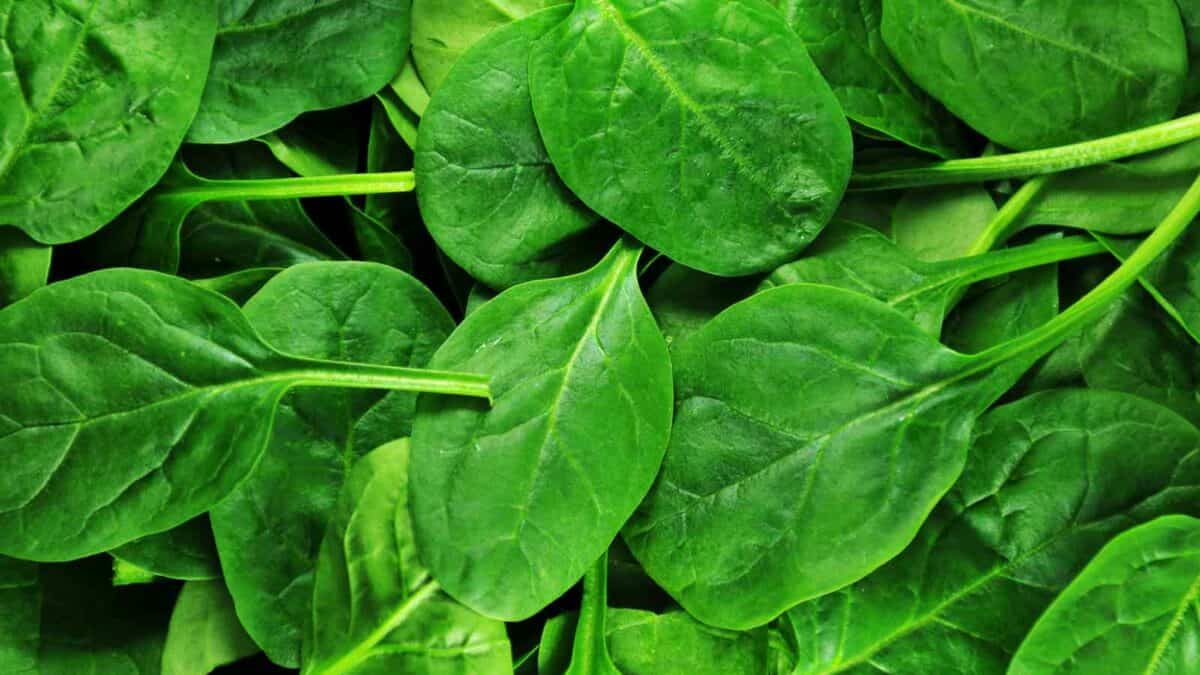
Spinach is another leafy green that’s heavily treated with pesticides due to its popularity and vulnerability to pests. The porous leaves of spinach make it difficult to wash off all the chemicals.
Green Beans
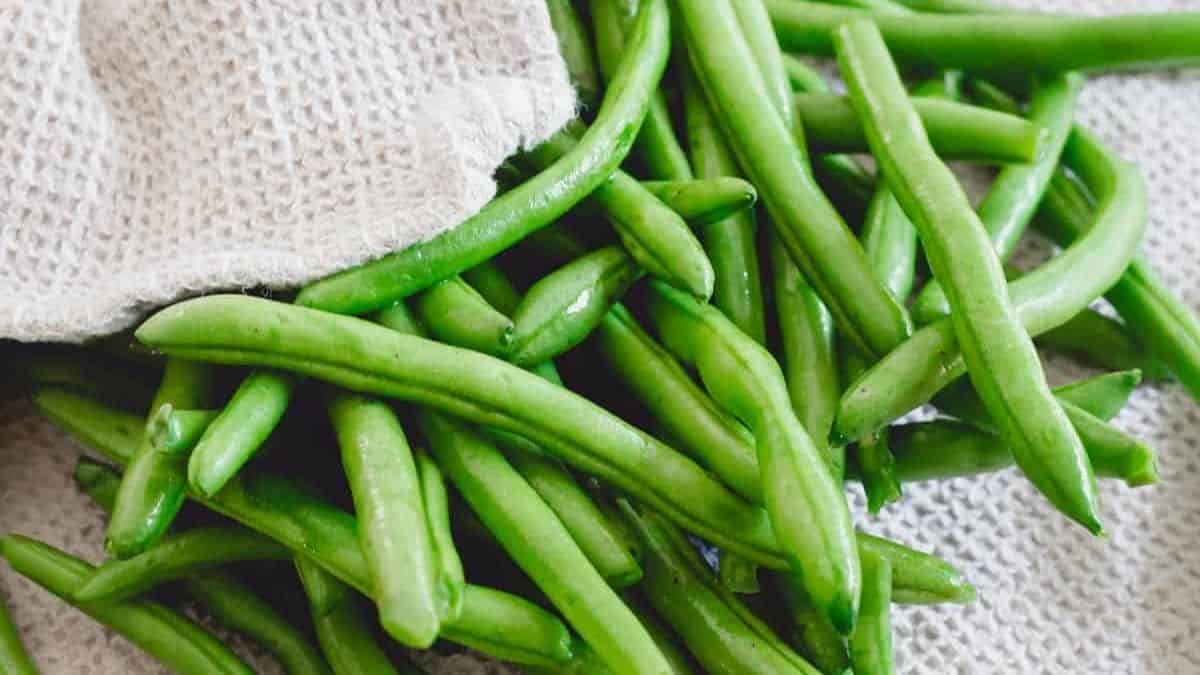
Green beans are often exposed to a variety of pesticides to keep away insects and diseases. Their high surface area to volume ratio means they can carry more pesticide residue, making the leap to organic a smart choice.
What You Don’t Know About Organic Farming: 10 Myths Debunked
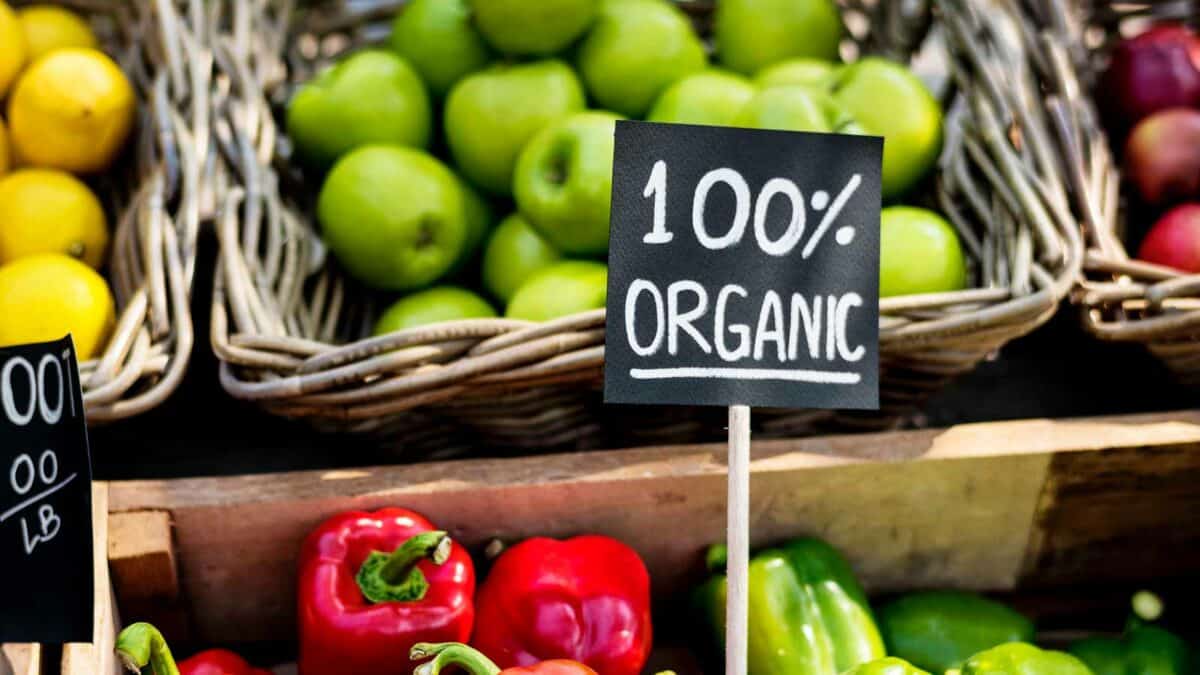
Organic farming often gets a glowing reputation, hailed as the healthier and more eco-friendly choice. But how much of that praise is backed by facts? We’re breaking down ten common myths about organic farming, from pesticide use to its environmental impact to dig into what’s really going on behind those organic labels and see if they live up to the hype.
Read it Here: What You Don’t Know About Organic Farming: 10 Myths Debunked
5 Reasons To Go Organic And 5 Reasons It’s Just Hype

Deciding whether to go organic isn’t just about personal health—it’s also about considering broader environmental and economic impacts. This article takes a no-nonsense look at the real benefits and downsides of organic food. From the health of the soil to the health of your wallet, we’re laying out what you need to know to make an informed decision.
Read it Here: 5 Reasons To Go Organic And 5 Reasons It’s Just Hype
Select images provided by Depositphotos.
Gina Matsoukas is an AP syndicated writer. She is the founder, photographer and recipe developer of Running to the Kitchen — a food website focused on providing healthy, wholesome recipes using fresh and seasonal ingredients. Her work has been featured in numerous media outlets both digital and print, including MSN, Huffington post, Buzzfeed, Women’s Health and Food Network.













The Netherlands, the second large exporter of produce after the U.S., grows its vegetables in multi-storied buildings via hydroponics. Therefore, no pesticides are used. The USG should invest in and encourage this method to avoid many of the problems associated with pesticides. It uses gentle bumblebees for fertilization of flowering plants. The U.S. is so far behind, in so many things, it’s not funny!
I’m with you 100%!